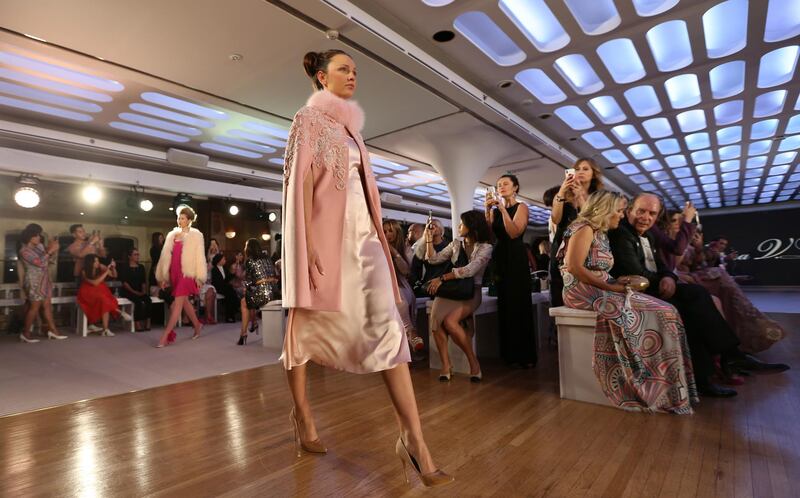Dubai registered the highest hotel occupancy rate within the Middle East and North African market at 86.9 per cent in the first quarter of 2018, driven by local shopping festivals and temperate weather at the start of the year, according to Ernst & Young.
Average room rate in the city during the period hovered at $293 (Dh1,075.31) with revenue per available room at $255, EY said in its quarterly hospitality report released on Tuesday.
“The growth in occupancy rate was consistent throughout the first quarter, which shows a healthy traction of visitors to the region, many of whom most likely wanted to enjoy the pleasant weather conditions before the summer heat sets in,” said Yousef Wahbah, E&Y’s Mena real state, hospitality and construction sector leader.
The overall growth in occupancy levels in the UAE, however, remained almost flat when compared with the same period last year, while the average room rate marked a slight decline by 1.2 per cent from $297 to $293 during the first three months of this year.
_______________
Read more:
[ Mena hotel performance to remain weak, with few exceptions, EY says ]
_______________
Beachfront hotels emerged the biggest winners in the hospitality circuit in Dubai, with occupancy levels at 82.7 per cent with an average room rate of $559, which led to revenue per available room of $462. Hotels within the city on the other hand recorded even higher occupancy levels at the rate of 88.7 per cent, however revenue per room fell 6.2 per cent to $168, as a result of a corresponding decline in the average room rate.
The Abu Dhabi market also witnessed an uptick in occupancy levels, climbing to 86.6 per cent in the first quarter of the year, from 79.3 per cent for the same period in 2017.
The report cited increased efforts by Abu Dhabi’s Department of Culture and Tourism to engage more visitors, particularly from Asia, as one of the reasons for the increase. The UAE capital has fine-tuned its tourism branding, offering up new cultural experiences such as the Louvre museum and arts and film events to draw in visitors.
Despite higher levels at the start of the year, the average room rate in the emirate fell by 14.7 per cent from $122 in the first quarter of 2017 to $104 over the same period this year, which led to a corresponding decline in average revenue per room by 6.9 per cent to $90 during the same period, according to the report.
The UAE’s emirate of Ras Al Khaimah, which attracts tourists from Russia and CIS countries for its sunny beaches and attractive resort offerings, also saw an increase in occupancy levels by 4.5 per cent points to 79.8 per cent during the period. The market also saw average room rate climb by 5.4 per cent to $174, leading to an increase in revenue per room by 11.6 per cent, the report added.







